User Report – The Ricoh GR
By Marc Gabor
A Little History
The GRD is the latest version of Ricoh’s famed GR line of compact cameras. Ricoh first introduced the GR1 in 1996 followed by various revisions including an incredible super-wide angle version, the GR21. These 35mm point and shoot cameras sported fast, sharp 28mm lenses, a slim pocketable body, exposure compensation, selectable aperture and the unique ‘Snap Focus’ feature (more on this later), making them a popular choice for photographers requiring the convenience of a compact camera with the results of an SLR. Among street photographers and point and shoot enthusiasts they have a cult like status for being discreet, fast and producing excellent results
In 2005, Ricoh introduced the first GR digital followed by the GRdII, GRdIII and GRdIV. These cameras retained the key features that made their film counterparts so popular but with the convenience of the digital format. The minimalist styling, intuitive layout and manual controls set them apart from other digital compacts and made them appealing to more serious photographers.
While these were great compact cameras, they were not a substitute for the original 35mm film versions due to the large depth of field of a 1/1.7-inch CCD sensor and 3:4 aspect (instead of the 2:3 ratio of 35mm). The small sensors were capable of producing great images but could not match the resolution of larger sensor cameras.
[ad#Adsense Blog Sq Embed Image]
2013 Ricoh GR
For the latest GR, Ricoh has kept up with the times fitting a large, 16.2MP APS-C CMOS sensor in a body that is only slightly larger than the previous versions. In my mind this brings the camera closer to the original concept because we now have a sensor with the performance of a DSLR in a compact body. Without going over all the specifications I will point out the biggest improvements over the GRd IV.
Increased resolution and dynamic range
Better low light performance
More control over depth of field
2:3 aspect ratio
1080p video
The GR In use
I’ll say this first: if you know what to expect (fixed 28mm, no viewfinder) then I can’t think of anything to dislike about this camera. Sure, if it had a f/1.9 lens, full frame 36mp sensor, a viewfinder, super long batter life, weather sealing, or whatever other features you might want that would be awesome but then it wouldn’t be affordable and it wouldn’t fit in your pocket. Product design is all about compromises and I feel that this camera makes all the right compromises. Image quality is great and it’s easy to use. Nuf said!
In more detail, here’s what I really like:
– Size
It fits in my front pocket. It may not be as compact as say a Canon S100 (my previous compact digital) but unless your wearing tight pants it does fit in your front pocket. That’s a big deal to me because I tend to think if a camera doesn’t fit in your front pocket, no matter how small, then it need a neck strap. If it fits in your pocket it get a wrist strap. Ultimately it’s a different approach. A pocket camera does not need to be worn, it can be concealed which makes you look more like someone without a camera – something I really appreciate when traveling.
– Weight
Although the camera is well built it does have a slightly hollow feel. I don’t mean this in a bad way, just that it’s a little lighter than I expected it to be. Walking around with it in your pocket or bag all day that is a good thing.
– Controls
The way the buttons are laid out, I can change all shooting parameters with my right thumb. The way I use the camera, I don’t ever have to go into the menu (which is well laid out as well) to change anything. Perfect. Literally, ISO, AF, snap focus distance, exposure compensation, WB, ISO, quality, can all be set with my right thumb and other useful settings such as 35mm crop and flash are set without going into the menu. I really like the little up/down +/- button for exposure compensation and find it much faster and easier to read than having it on a dedicated dial.
– Display
Really clear, sharp and bright. Even though I learned my trade on the film cameras with viewfinders, I don’t mind using a screen. I guess I’ve taken enough pictures with an iPhone to be used to it by now. Actually I really like it. I find that it’s easier to shoot from waist level (if your trying to be discreet) or above your head (in a crowd) with a screen. An articulated screen would be cool but I find them awkward sometimes and it would probably make the camera lest sturdy and pocketable.
I like that you can turn the screen off (again using the DISP button, no need to go through the menu) if you are using an external OVF.
The built in level is perfect. I usually keep a spirit level in the shoe of my cameras when using wide angle lenses to keep the horizon straight and the perspective looking natural when using wide lenses. This means that I can get the look of shooting on a tripod without a tripod. If anything I may be relying on it a little to much and need to remind myself that it’s good to have shots that aren’t “perfect”. But that’s me not the camera.
– Customization
Lots of programable buttons and 3 custom presets on the dial so you can really set this camera up to you liking
– Image quality
Not much to say here. The lens is sharp with minimal vignetting and the files are what you would expect from the latest generation of Sony APS-C sensors which is to say excellent dynamic range, low noise, excellent high ISO and great resolution. Images are sharp, with a pleasing look and nice colors. Coming from film I tend to prefer a more “natural” look. I know that’s a really subjective statement but to me that means that while images are sharp, and colors are rich, they are not super crisp and saturated. You can always turn it up in post but it’s good to start with a nice neutral image. I’d say the GR produces images that are very natural looking. I mainly shoot RAW but the JPEGS I’ve shot look good. To put it in perspective, the other cameras I’ve been using are a Leica M9 and Nikon D600 and the Ricoh holds up fine in all but the most extreme situations (for super high ISO the D600 has an edge and colors from the M9 are just different due to CCD sensor).
Other features
– Snap Focus
This is one of the most unique features of the GR and it dates back to the very first GR1. Basically you set the snap focus distance (1m, 1.5m, 2m, 2.5m, 5m, ∞) so that when you press all the way down (no half press to auto focus) the lens automatically focuses at that distance and takes the picture. The result is very little lag making it useful for fast moving scenes and street photography. I use the Fn1 button to set the snap focus which makes it easy to switch between distances depending on what situation I’m in.
I really like all the focus options – Multi AF, Spot AF, Pinpoint AF, Subject Tracking, MF, Snap, ∞. You can also set the meter to Multi, Center, or Spot. All with your left thumb! They really didn’t leave anything out. Auto focus can hunt a little in low light but it’s to be expected. In normall light it’s really snappy.
– Auto ISO and TAv
I usually keep the camera set to P and auto ISO. For some reason the camera won’t go open the lens past f/4 in program mode. If the light is low and I notice the shutter speed is slow I’ll switch to aperture priority and set it to 2.8 and let the camera choose the ISO.
TAv is useful as it allows you to lock the shutter/aperture combo you want with the ISO being the variable to achieve proper exposure. Very useful for street shooting when you know you want to shoot at f/5.6 and 1/250th or whatever your preference may be.
– ND filter
There’s a useful ND filter for shooting in bright light at whatever shutter/aperture setting you want. Don’t use it much but nice to have just in case.
– 35mm crop
One of the biggest limitations of the GR is the wide 28mm field of view. Generally 35mm is a more versatile focal length and is more common on fixed lens compacts. Although it’s no substitute for a 35mm lens I like that you can switch to a 35mm field of view. I didn’t think I’d use it that much, thinking I would rather crop in post but I actually really like this feature, especially for close up shots where I want a more natural perspective. I have programmed the “Effect” button on the left side of the camera to toggle back and forth between 28mm and 35mm so I don’t have to go into any menus to change. My other front pocket camera is my iPhone which has a 30mm field of view (iPhone 4 and 5) and I find this is great for snapshots which is kind of how I like to use the GR. You know when you take a picture with your phone and then you think “ooh I like that let me use a real camera”? Well with GR it works pretty well.
– Flash
To activate the flash you press a little button on the left side of the camera that pops the flash up. I haven’t used the flash much but I like that you have to open the flash for it to turn it on. Nothing worse than having the camera set to auto and the flash going off when you didn’t want it to.
– Macro
You can get pretty close which I find very useful. You are traveling and you want to take pictures of details, meals, etc… Being able to shoot close up is just part of being a good all purpose camera. The inability to shoot close up was probably the most frustrating thing for me about traveling with my M9 (or any rangefinder) so this is a big deal for me.
– Video
I think all cameras this day in age should have video so I’m glad that this one captures nice 1080p HD video. Since I’m not relying on this camera to do video work I don’t mind the limited controls or mono mic (really, who cares if the crappy on camera sound is mono or stereo?). The only thing I wish they had done differently was to offer 24fps. I don’t know how difficult it would have been but considering you can dial in just about everything else, it’s a shame you can’t change the frame rate? Why 24fps? Because it has a more filmic look and because when I shoot video with my DSLR I shoot at 24fps so in case I wanted to mix footage it would make editing easier. Most people shoot at either 30p or 24p so being able to choose would have been nice. In practice though it’s not a big deal at all. I’ve shot some video and it’s totally adequate and actually looks pretty good.
– RAW develop
Another feature I don’t really use but that’s nice to have. If you shoot RAW and you have some time to kill or you want to transfer some pics to your iPad or for whatever reason you want to be able to get JPEGs right off the card then you can develop the photos in camera with good results. You have a few filters and B&W to play with.
– Battery
Battery life is good. I don’t know how many shots or how many hours but for my normal use it works great and I can shoot all day. If I was shooting heavily or traveling I would bring a spare battery but that’s true of any camera. Yeah the charger is lame because you have to keep the battery in the camera. It’s not a big deal though – when you get the camera, just order a third party charger for like $15 on eBay. It works fine and comes with car and euro adapter.
Competition
Nikon Coolpix A is the main competition. That’s a really nice camera and if anything the images I’ve seen from it look just a tiny bit sharper and colors are different, better to some. I think this is probably just the image processor as they have the same sensor. If you shoot RAW this really doesn’t make a big difference. I don’t think the GR is way better than the Nikon but it is cheaper, has snap focus and I like the way it’s laid out. If the price difference is not a big deal for you then I would recommend trying both and seeing which one feels better to you.
The Sony RX100 has a zoom and a smaller sensor and I don’t think IQ is in the same league.
Sony RX1 is 35mm, full frame, not as compact and way more expensive
Fuji X-100 is probably the only other competition as they are priced similarly and IQ is comparable but it’s not a pocket camera and it has a 35mm lens. Still, if you are looking for a compact camera in this price range and are not sure about 35mm vs 28mm and it doesn’t have to go in your pocket then there is a lot to like about the X-100.
Interestingly enough, I don’t think the latest GR makes the GRIV obsolete. The GRIV has a much smaller CCD sensor which has a look of it’s own, which many people like. The cool thing about having a f/1.9 lens and a small sensor is that you can shoot wide open in low light and still have lots of depth of field. I know shooting with paper thin DOF is all the rage now but having a deeper DOF is really useful for street photography, snapshots and close up photography when you don’t want extremely shallow DOF.
Conclusion
I love this camera and it goes with me everywhere. Previously I was using a Leica M9 and while I loved this camera it had too many limitations for professional work (no video, poor low light, 3ft minimum shooting, slow buffer) and some limitations for travel (size, minimum focus distance, no flash, poor low light). If I were rich I’d have kept it. But I’m not so I sold it, got a Nikon D600 for work and the GR as my everyday bring with me everywhere camera. If it’s not in my pocket, then it’s in my back pack or in the center console of my car. I simply can’t think of a better camera to have with you at all times.
Marc Gabor lives in Los Angeles. You can see more of his work at www.marcgabor.com
The Ricoh GR is available at B&H Photo or Amazon

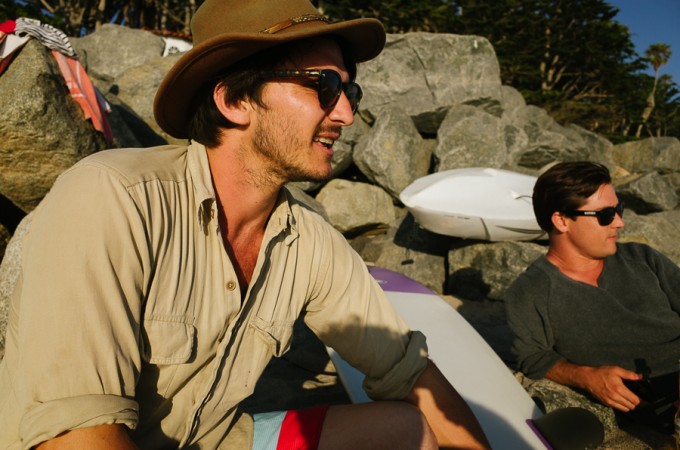
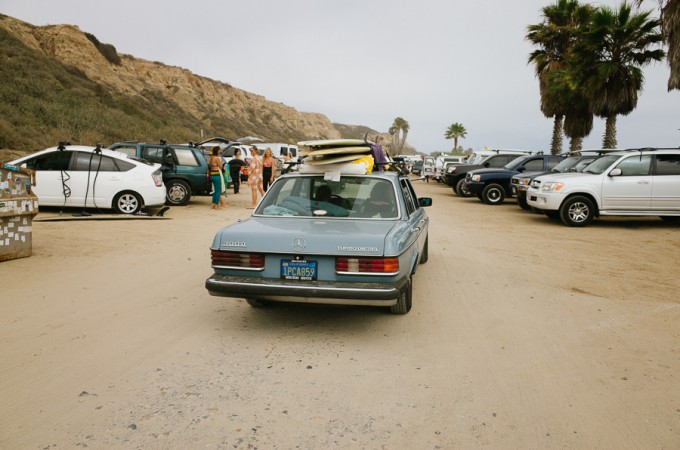
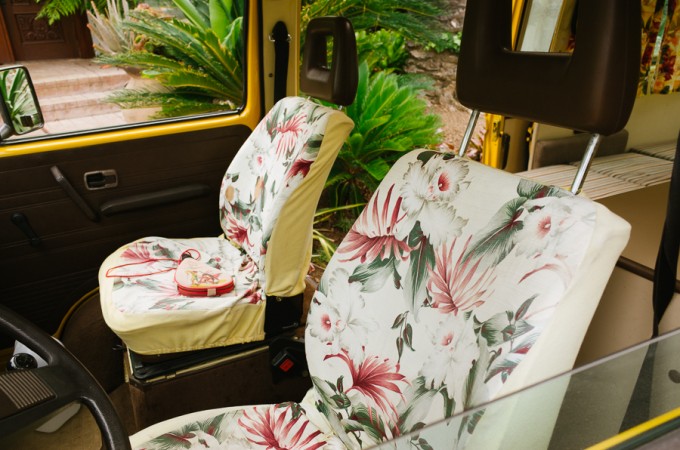
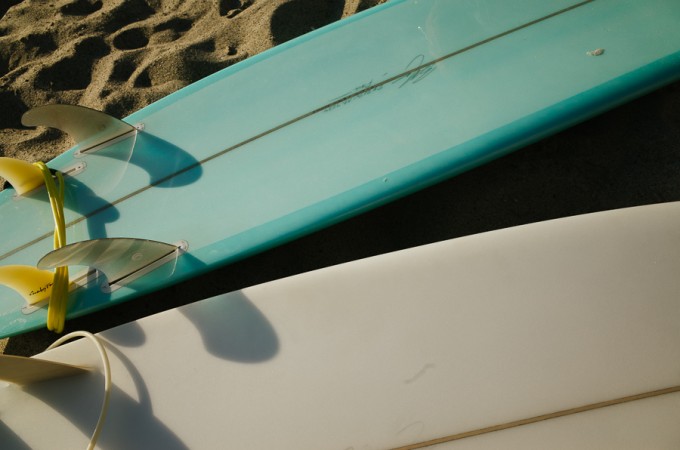
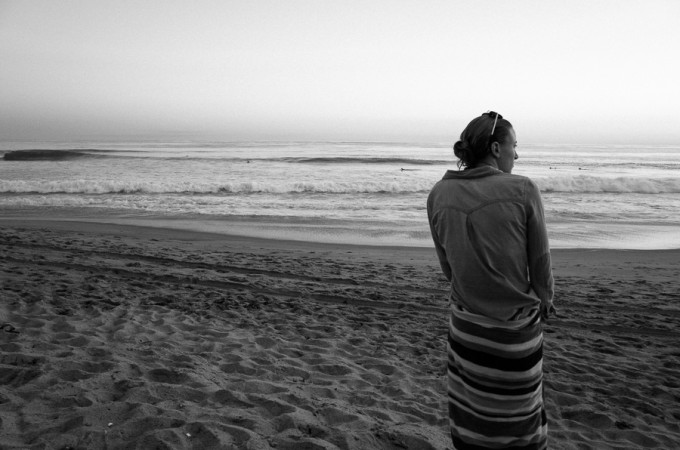
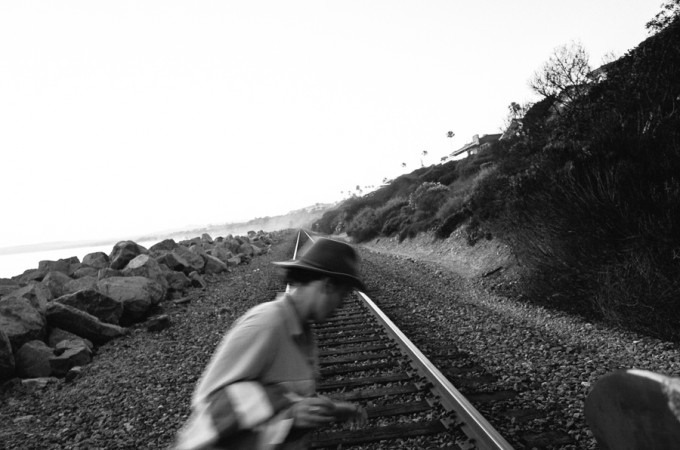
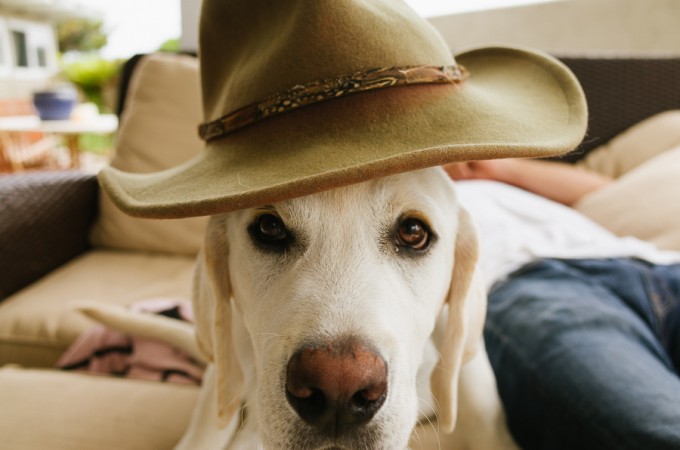
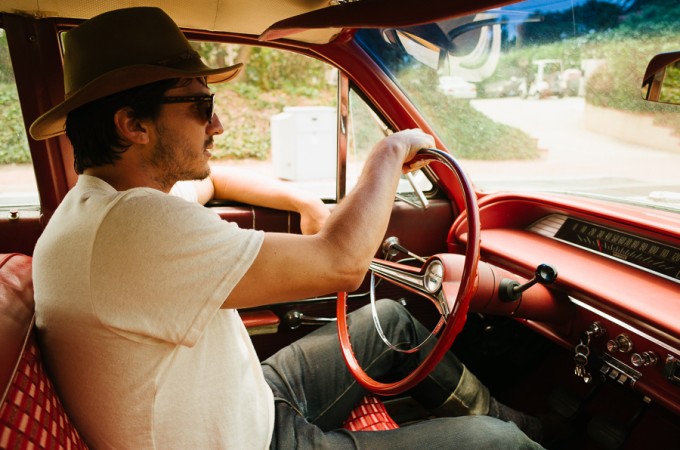
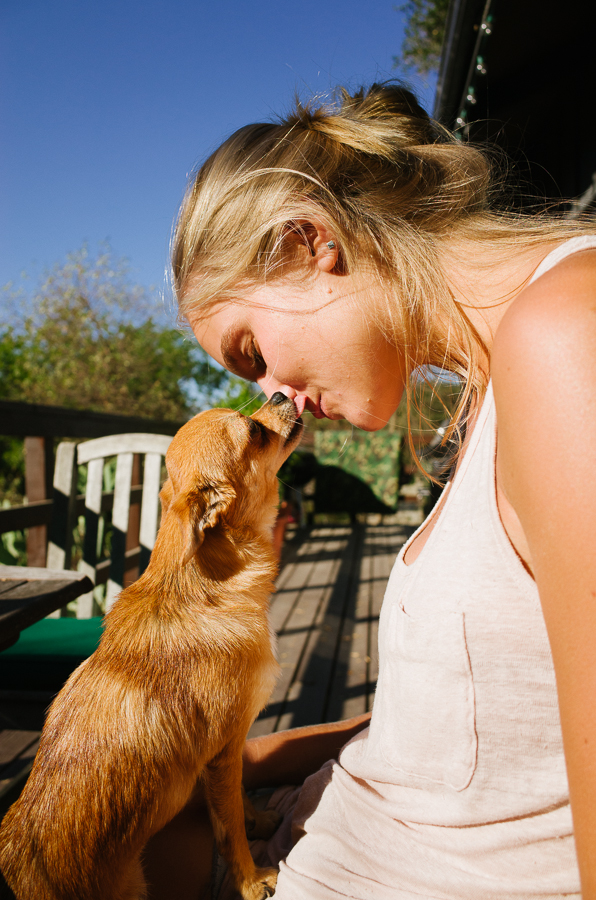
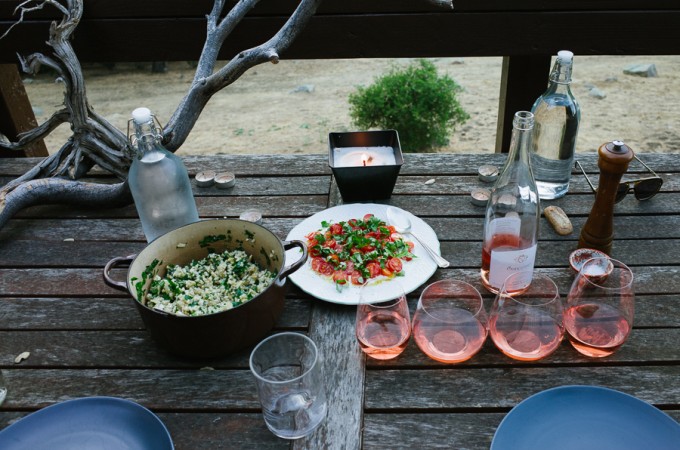

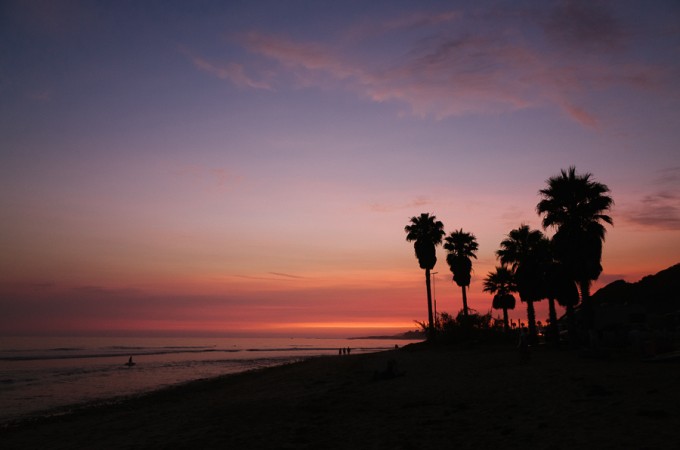

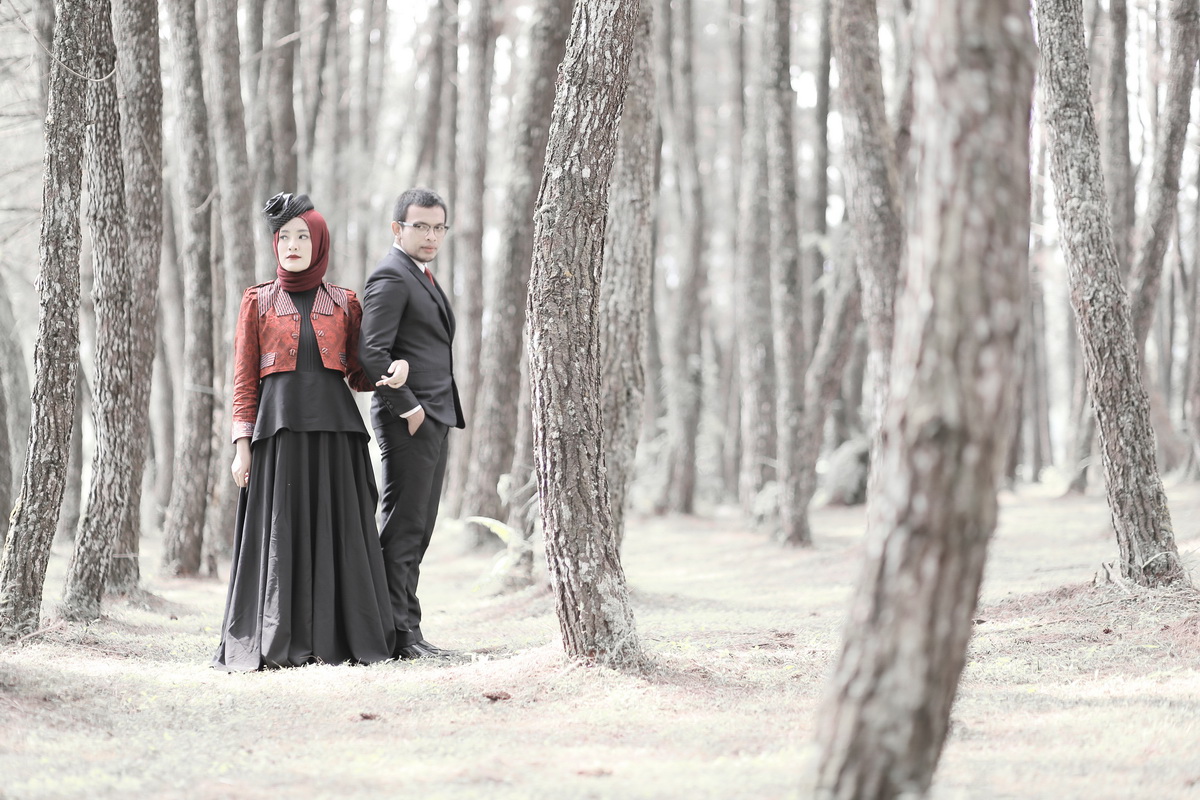
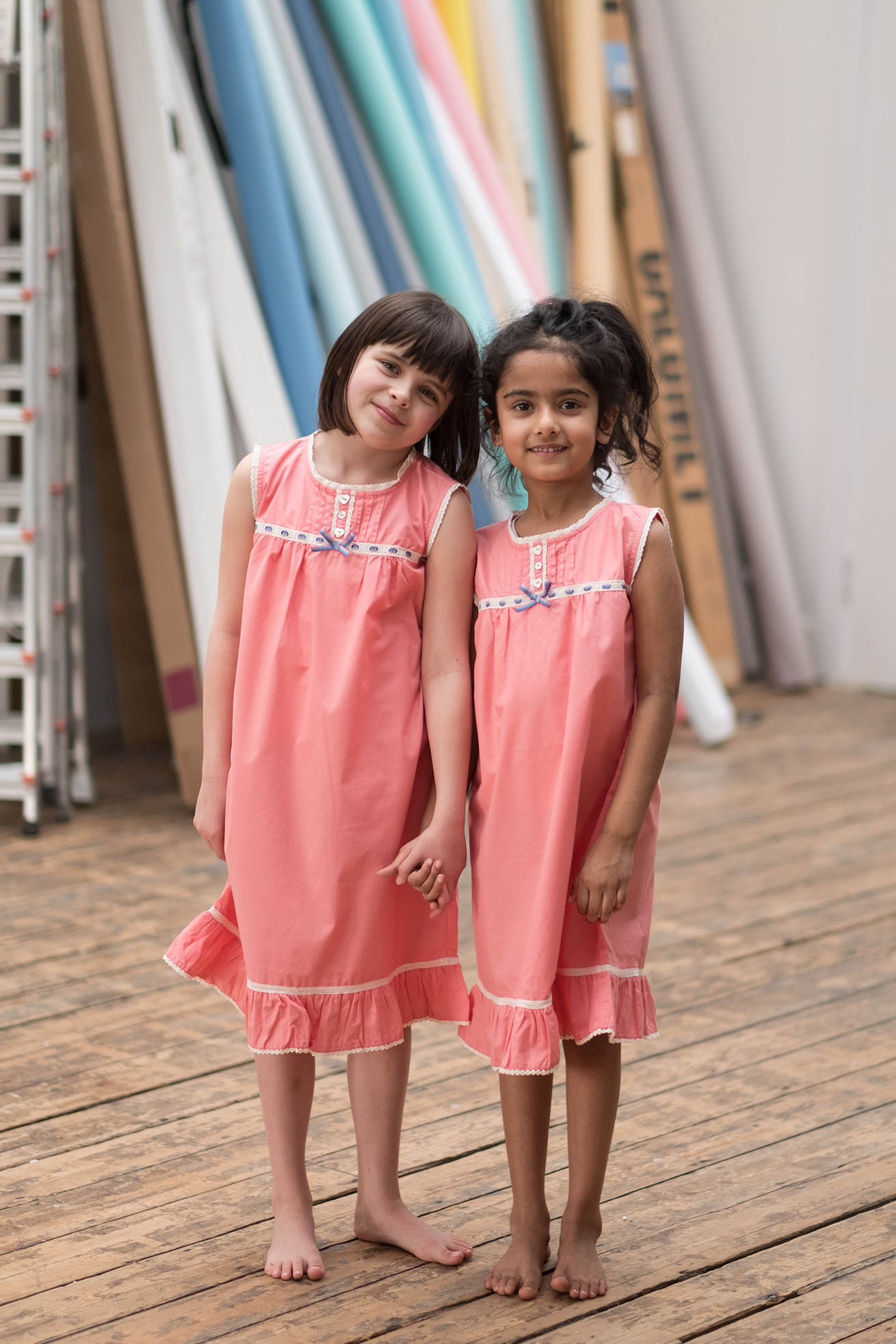
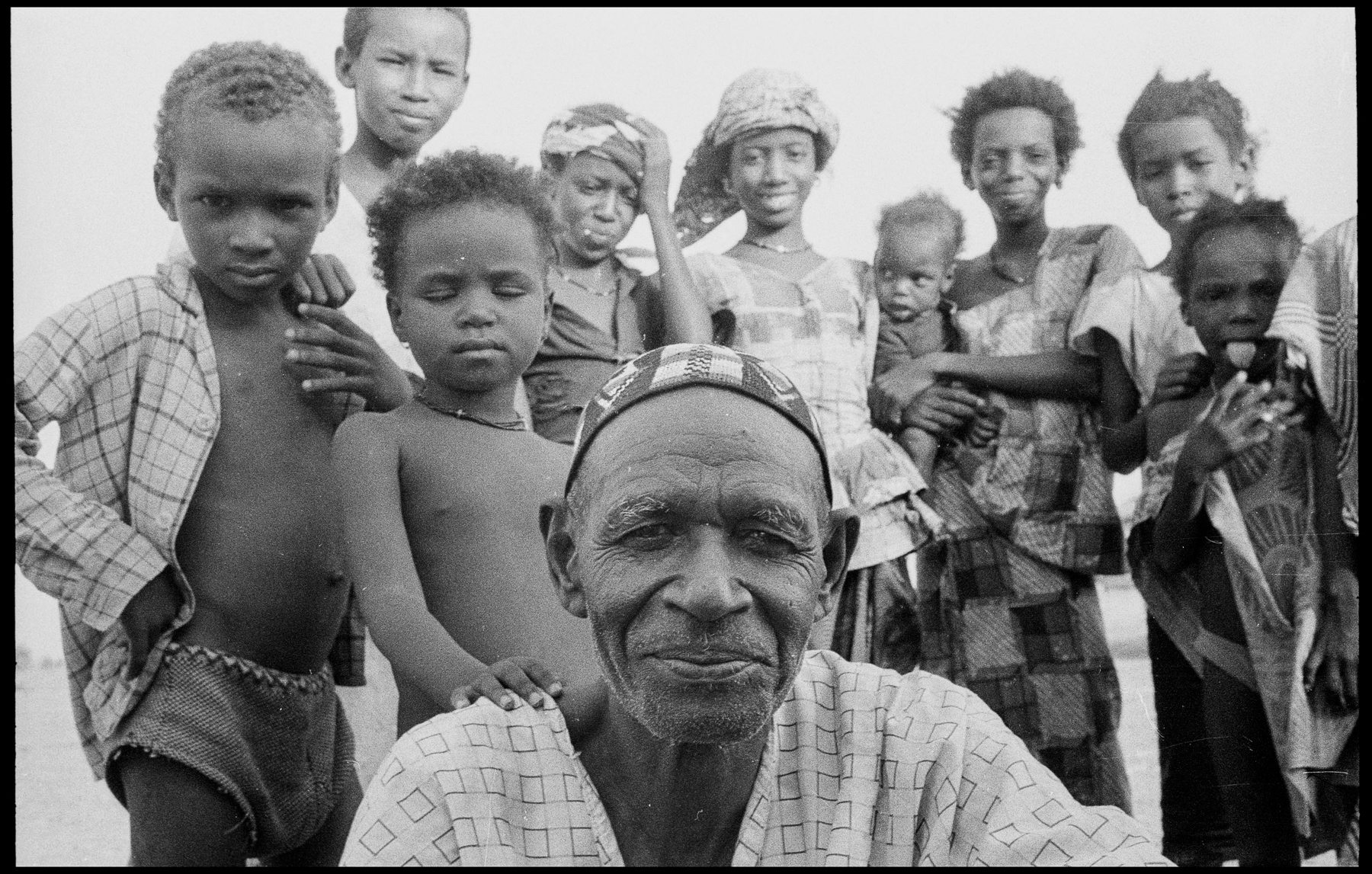
I just recently got the GR. How do you adjust the aperture or the shutter speed while the display is turned off? It worked on the GRD III. But when you try to adjust the aperture/shutter speed/ISO with the display turned off nothing changes.
Check the menu again. Last time I checked my GR had 24P. Although you can control the shutter at 1/50 or 1/60, the bitrate and exposure controls are a bit limiting. But that’s to be expected considering the fact that the GR is heavily stills based.
“super long batter life” …mmm that would be something like the classic Nikon F4 brick – known to be good for bashing in tent pegs and fending off bears.
Excellent review that clearly shows why people rate the camera (and Ricoh in general). I can’t see this replacing my X100 as for me the hybrid efv/ovf, the good 35mm lens and the high ISO performance are winners but I do like the sound of the way Ricoh have laid the camera out. Fuji et al taken note please,
Thanks for the write up and the pictures.
I had a GR1v and it is an excellent camera.
It wasn’t for me, though I shot some keepers with it.
I sold it soon afterwards, I had too many cameras and found I was using my Contax Tvs III more – the GR1 handles faster and better and has a faster wider lens, but I just loved the pop I got from the results on the Contax, and of course the look and feel of the Contax body, clunky though it is, it is such a joy to handle.
I was of course talking about the 35mm GR1v – which is 35mm. I have yet to handle this, but it seems to be very similar to the 35mm, minus a ViewFinder. (The VF on the 35mm GR1v is BIG and Bright)
I’m so happy with mine, I’m selling my M8 ! Now they just need to make one with a 50mm (75 eqiv) lens !
Superb camera. Love the light weight and size. Also really liking the colors produced by this camera.
Top reviewers agree: GR is better at B/W, Nikon A more natural colors. Nikon A gives you minimum shutter speeds of 1/500 or more, GR does not (for street). I find GR colors dark and contrasty.
Nice article. I would also put my money here as it has the concept of the Sigma DP, a camera which I really like for its simplicity but huge IQ. It’s only that the Ricoh GR is very modern and practical compared to my Sigma DP2.
The RX100 is nice but its entirely different to the GR with its smaller sensor and zoom lens.
The X100/s are very nice with viewfinder and fast lens but the GR is more compact which allows it to be brought more often.
Thanks for sharing your thoughts Marc, your photos look great, I sold all my Micro 4/3 set and RX100 for the GR, definitely have no regrets doing it feels liberating and fun when you just have one camera, one focal length to concentrate on.
great review and great images Marc. I agree completely with your words. Im really impressed and loving this GR. simply amazing!.
great shots!.
Seen your website. All of it. You seem to fully flunge into your subjects. Life on the edge. Up close and personal. Really love your style.
I can echo this user report. I would add that the Ricoh GR is extremely FUN to use!
Everything written about the GR seems to be very positive. This camera seems to be a winner.
“The built in level is perfect. I usually keep a spirit level in the shoe of my cameras when using wide angle lenses to keep the horizon straight and the perspective looking natural when using wide lenses. This means that I can get the look of shooting on a tripod without a tripod. If anything I may be relying on it a little to much and need to remind myself that it’s good to have shots that aren’t “perfect”. But that’s me not the camera.”
It’s not just you – I’m the same, kind of a slave to the horizon 😀 It’s worse on my Fuji X-E1, too, I think, because the level display is really obvious, whereas the Ricoh one is a bit more discreet and easy to ignore (assuming it looks the same on the GR as it does on my GR-D III).
I’ve kind of promised myself to buy this camera as a gift for myself if I get the job that I’ve applied for. There are quite a few positive reviews of it and It just seems like a nice “carry everywhere”-camera.
Very nice pictures and a good review! Have you found any real negatives using this camera?
Great review and pics.
This camera is astounding. Crazy sharp. I was just doing some quick testing against my M9 with 35 Summicron ASPH and 50 Summilux ASPH – this camera held it’s own. Very quick to use, with the buttons in all the right places. I would seriously carry a few of them instead of my M9 if they had other versions with different focal lengths, like Sigma’s Merrils.
Not only nice pix, but very well written too. Thanks.
Great pics, getting out, good times! Love it.
nice photos, certainly seems like a great camera